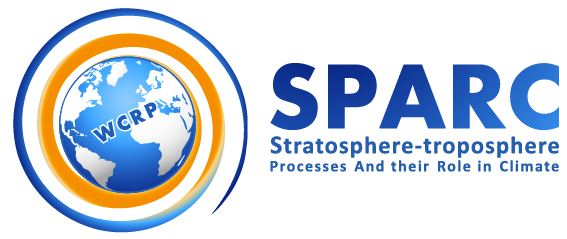A selection of new science articles from the past week of interest to the SPARC community (a SPARC Office choice).
Aerosol Effects on Clear-Sky Shortwave Heating in the Asian Monsoon Tropopause Layer. By J. Gao, Y. Huang, Y. Peng, and J.S. Wright in the Journal of Geophysical Research: Atmospheres.
Monitoring sudden stratospheric warmings under climate change since 1980 based on reanalysis data verified by radio occultation. By Y. Li, G. Kirchengast, M. Schwaerz, and Y. Yuan in Atmospheric Chemistry and Physics.
Impact of Stratospheric Aerosol Injection on the East Asian Winter Monsoon. By Z. Liu, X. Lang, J. Miao, and D. Jiang in the Geophysical Research Letters.
Discussion papers – open for comment:
A simple model to assess the impact of gravity waves on ice crystal populations in the tropical tropopause layer. By M. Corcos, A. Hertzog, R. Plougonven, and A. Podglajen in Atmospheric Chemistry and Physics.
Improved representation of volcanic sulfur dioxide depletion in Lagrangian transport simulations: a case study with MPTRAC v2.4. By M. Liu et al. in the EGUsphere.
CFC-11 emissions are declining as expected in Western Europe. By A.L. Redington et al. in the EGUsphere.



